Read this to find out how to use biogas from landfills, and how using it also helps the environment and reduces the emission of greenhouse gases.
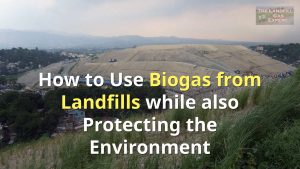
Yes. Landfills for municipal solid waste, can be a source of renewable energy from their landfill gas. Landfill gas is “biogas”!
Modern landfills are, in fact, just very large anaerobic digestion vessels, namely bio-digesters, producing landfill gas!
Biogas from landfills contains methane. What is more interesting still is the fact that methane is the same energy-rich gas found in “natural gas”. Natural gas is a fossil fuel which is found in the ground. It's used in enormous quantities all around the globe, for heating, cooking, and producing electricity.
Anaerobic bacteria, bacteria that can live without the presence of free oxygen, live in landfills and make the biogas. In other words they decompose organic waste to produce the gas called biogas.
So You Want to Know How to Use Biogas from Landfills?
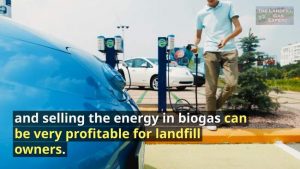 The biogas in landfills would just leak out and get into the atmosphere if left on its own. Environmental Engineers worked out many years ago how to use biogas from landfills.
The biogas in landfills would just leak out and get into the atmosphere if left on its own. Environmental Engineers worked out many years ago how to use biogas from landfills.
It is a simple three step process:
- A network of pipes and wells (gas wells) are sunk into the landfill, to deliver the biogas from the landfill to a single point. That point is usually on the perimeter of the landfill, where a mini-power station is built, with a gas flare for use whenever the power station (gas engine and generator/ CHP unit) is not working.
- The biogas is collected by sucking it gently out of the waste where the bacteria (“archaea” actually) live and create it.
- The biogas is burnt in the LFG generator unit (usually a reciprocating engine), where it creates energy which turns a shaft. That shaft turns a coil which induces an electric-current. The electric-current usually flows through electricity cables to the local electricity supply grid (overhead lines, or buried below ground).
Landfill Biogas (or LFG) Dangers When Using Biogas from Landfills
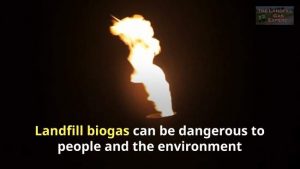 Landfill biogas can be dangerous to people and the environment because methane is flammable, and it is a strong greenhouse gas, tending to warm-up the earth and cause climate change.
Landfill biogas can be dangerous to people and the environment because methane is flammable, and it is a strong greenhouse gas, tending to warm-up the earth and cause climate change.
In the United States, regulations on how to use biogas from landfills, under the US Clean Air Act, require landfills over a certain size, to install and operate a landfill gas collection and control system.
In the EU all landfills are similarly required to do the same. The member states are required to do this in order to comply with the EU Landfill Directive. Many other nations not in the EU, have followed that example by implementing similar regulations.
Methane gas can also be used as a direct energy source. Selling the energy in biogas can be very profitable for landfill owners. The large landfills produce a lot of biogas when they have been completed. Although the gas quantity reduces gradually, there are many years when power can be generated in a very simple manner and sold for profit.
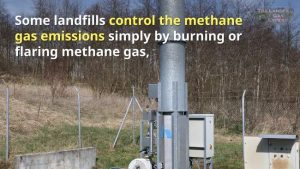 Some landfills control the methane gas emissions simply by burning or flaring methane gas, but this wastes the energy, and still produces carbon dioxide which is less damaging than methane but still thought to be a major contributor to global warming.
Some landfills control the methane gas emissions simply by burning or flaring methane gas, but this wastes the energy, and still produces carbon dioxide which is less damaging than methane but still thought to be a major contributor to global warming.
In the past landfills used the methane gas to generate electricity.
Increasingly, landfills collect their biogas, treat it, and then sell the methane, as renewable CNG.
Source: Adapted from US National Energy Education Project (public domain) www.eia.gov
UK Landfill Gas Emissions Control
The Stringent EA Controls, Which Limit UK Landfill Gas Emissions to Minimise the Emission of Carbon Dioxide thought to be a Significant Cause of Climate Change The UK waste management industry is required to control landfill gas emissions to a high standard. The Environment Agency (EA) is responsible for regulating landfills and ensuring that all […]
Landfill Site Permit Applications – The Role of Risk Assessments in Emissions Control
Landfill site emissions risk assessments are a mandatory requirement for environmental permit applications (previously known as Landfill Site PPC Applications). They identify possible hazards to the environment and public health from landfill gas and leachate. The procedure calls for a thorough examination of landfill emissions, including assessments of the effects on the air, groundwater, and surface […]
UK Landfill Gas Emissions – Stringent EA Controls Implemented
The waste management industry is required to control UK landfill gas emissions to a high standard. The Environment Agency (EA) ensures that all licensed (closed) or permitted landfill sites which contain landfill gas are regulated to ensure that emissions are kept to a minimum. This is enforced either under the pollution prevention and control (PPC) […]
What are Carbon Credits?
Carbon credits explained! The carbon credit trading technique is a crucial element of state and global emissions trading schemes to help manage global warming. But, what exactly are Carbon Credits? Now read on: The idea behind using carbon credits is to cap industries at a global scale in the amount of yearly emissions they produce. […]

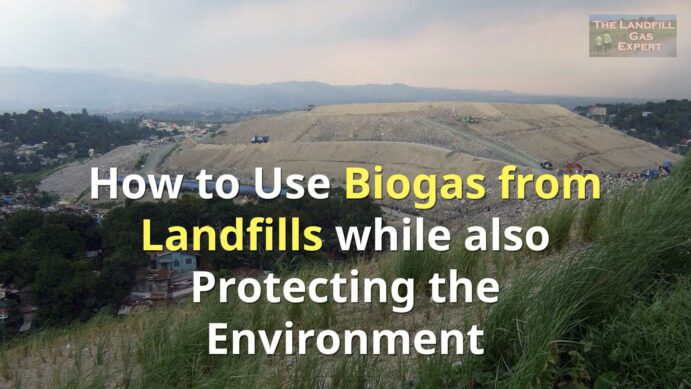




![A landfill collection system shown in 3D cut-away style. By US EPA - LMOP (US EPA - LMOP) [Public domain], via Wikimedia Commons.](https://landfill-gas.com/wp-content/uploads/2018/11/512px-Landfill_gas_collection_system-334x188.jpg)

